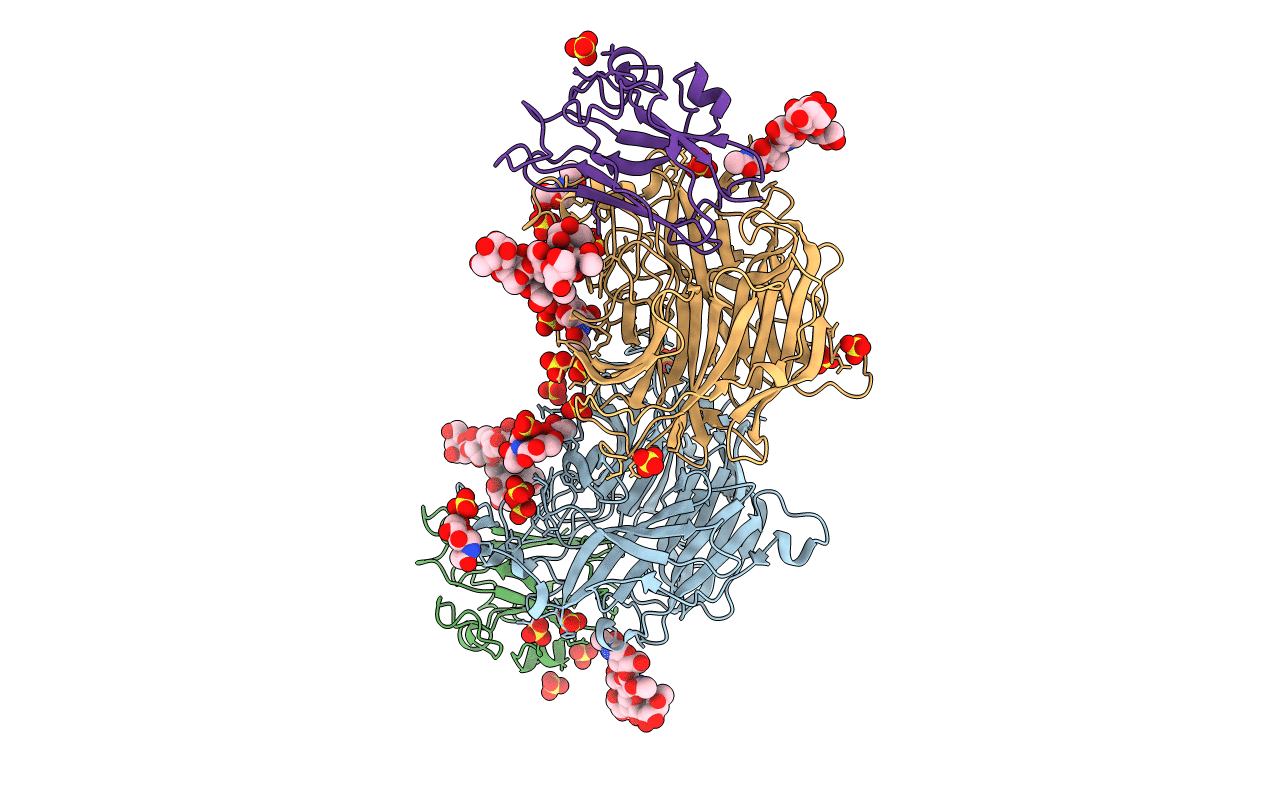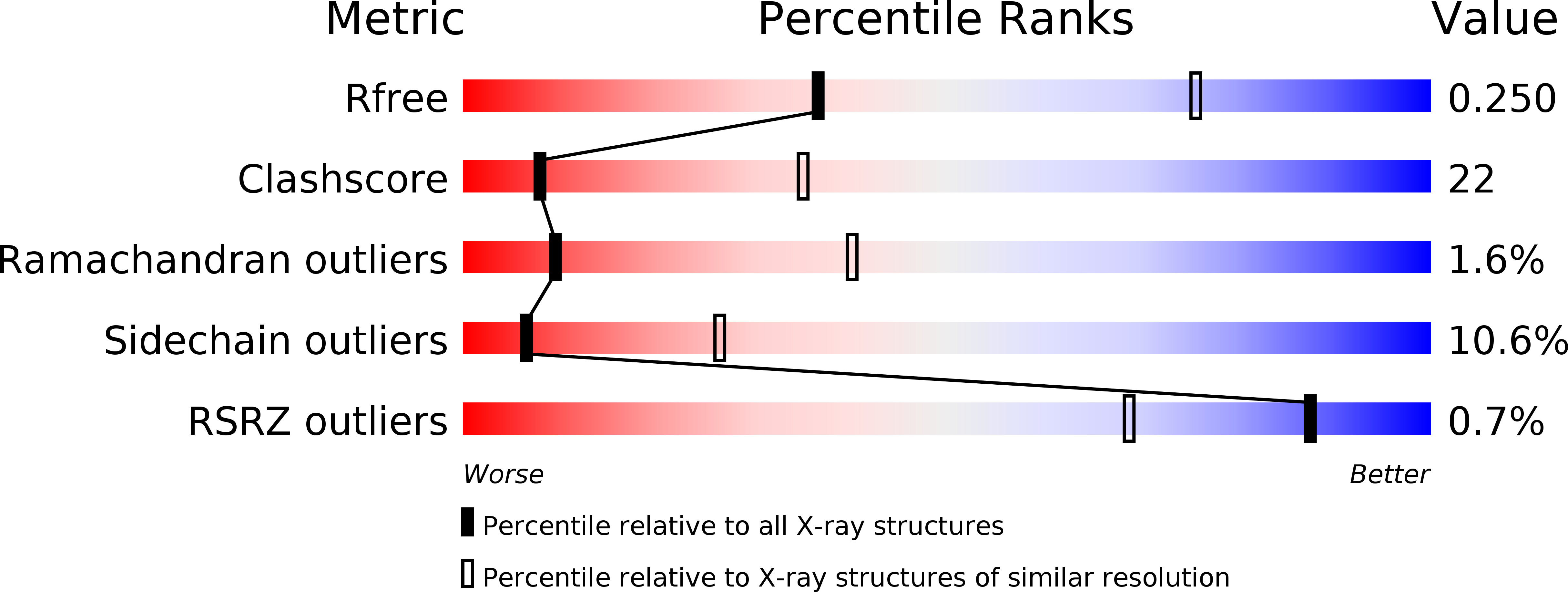
Deposition Date
2008-05-02
Release Date
2008-08-19
Last Version Date
2024-11-20
Entry Detail
PDB ID:
3D12
Keywords:
Title:
Crystal Structures of Nipah Virus G Attachment Glycoprotein in Complex with its Receptor Ephrin-B3
Biological Source:
Source Organism:
Nipah virus (Taxon ID: 121791)
Mus musculus (Taxon ID: 10090)
Mus musculus (Taxon ID: 10090)
Host Organism:
Method Details:
Experimental Method:
Resolution:
3.01 Å
R-Value Free:
0.26
R-Value Work:
0.22
Space Group:
P 65 2 2


